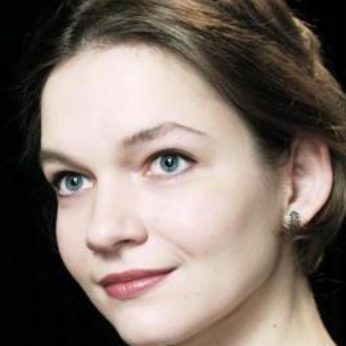If one heard this fine work without knowing who wrote it, it would be hard to credit Bartók with its composition. It has the appearance of a fine late-Romantic example of quintet writing, well worthy of its place in the chamber music repertory but decidedly late 19th century. It is so unlike later Bartók that it is a surprise when its composer is revealed. At this stage he was only beginning to find his individual voice and that same year made his first discovery of authentic Hungarian folk music which would so influence his mature writing. The first performance was given by the Prill Quartet with Bartók at the piano in Vienna on November 21st, 1904. He was twenty three and entered it for the Rubenstein Competition in Paris but was beaten by an unknown composer, much to his fury. He set the work aside but returned to the score about 1920, prior to another performance, making some modifications. He was surprised how well it was received as against his more avant-garde compositions of that time. He never published the Quintet but it was discovered among his Hungarian papers and released in Budapest in 1970.
The first movement opens with a stately, rather pensive string theme, the piano soon entering to reinforce it and then presents its own version. The mood is certainly that of Brahms or even Fauré. After this leisurely introduction the music gathers pace with a new, pulsating melody. It receives an extended expansion and is followed by a second theme in a broader style. Bartók develops his ideas with considerable assurance, moving confidently between fast and slow elements in an unhurried progression. A passionate coda provides a suitable ending. The second movement is a fleet-footed scherzo. Bartók refers to his principal first movement theme across the whole Quintet to provide a structural framework much in the fashion of Liszt. The lyrical central or trio section has the clearest link to it, providing a particularly charming episode.
The heart of the Quintet lies in the lovely slow third movement. A thoughtful Tristan-like phrase starts the music, dark and brooding. This leads to a sighing melody which is developed with rising intensity until it reaches a quieter plane with gentle choral sequences from the piano. This idea is extended softly until the piano increases the speed, still sotto voce, and the music twists in a serpentine manner around the theme. Finally, a crescendo brings a louder sequence, further elaborating the material with increasing passion. This dies back slowly and the movement seems to be ending in hushed contemplation when the music accelerates and introduces a lively gypsy melody. This is the start of the finale. The tune is not one from Bartók’s academic researches into Hungarian folk music but the kind of melody he could easily have heard in his youth. It is treated to some dramatic variants, reflecting the “lassú” and “friss” or alternating slow and fast passages of Hungarian traditional dances, sounding like Liszt in places. The merry mood brings this most interesting and enjoyable Quintet to a happy conclusion.
